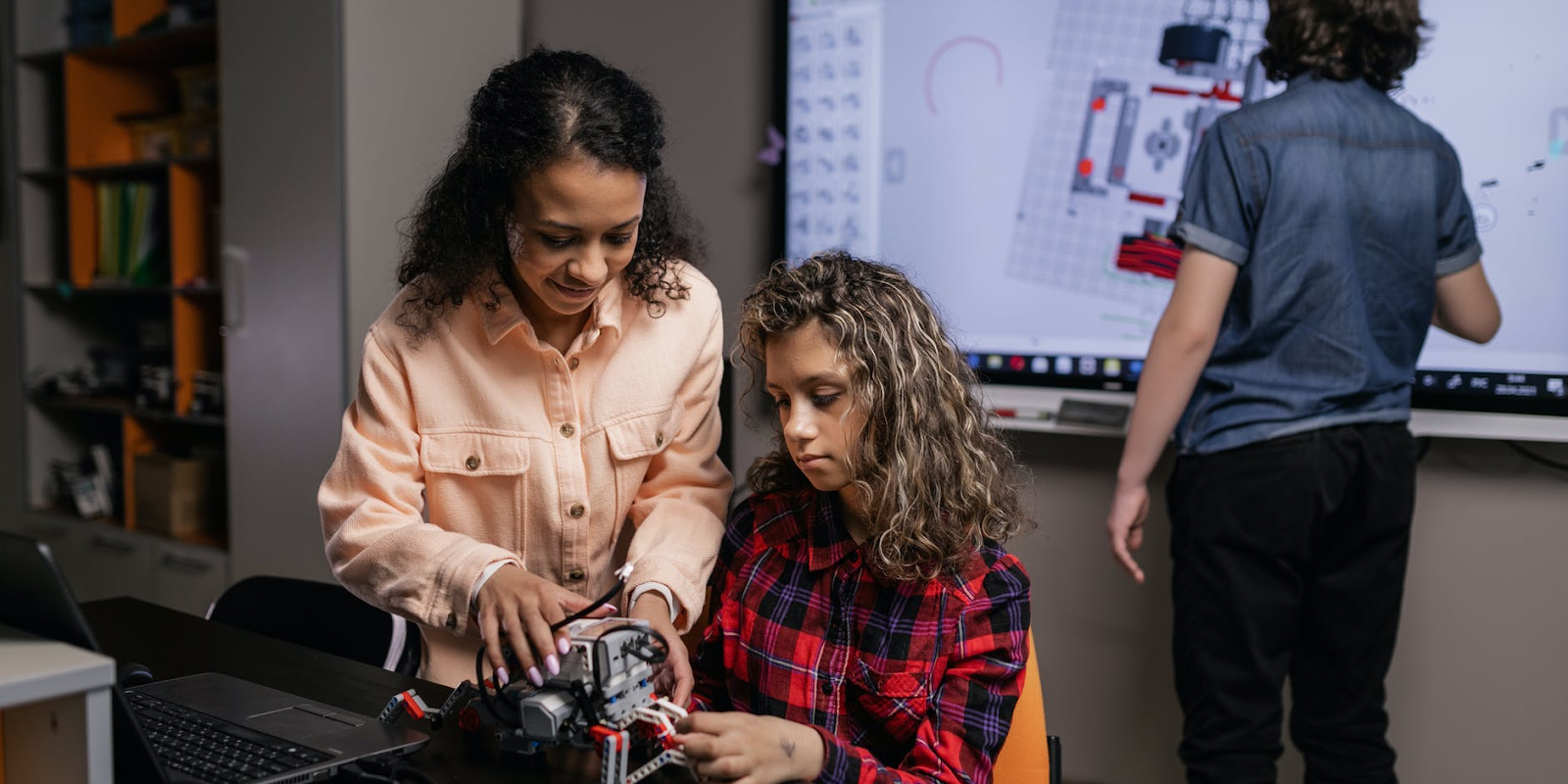Childhood in the Age of Artificial Intelligence
The children of today comprise the first ever generation who has never experienced life sans the Internet — they’re digital natives, in short. And us, adults, can consider ourselves immigrants in the digital world. With advancements in technology such as artificial intelligence, we are faced with the responsibility of overseeing how the ongoing technological revolution impacts the younger generation, while also harnessing the opportunities that come with it. Artificial intelligence is well-utilized in almost every industry today. We are currently seeing its impact on every aspect of our life, and more importantly, it has an immense impact on children’s lives. From conception, to the applications and tools they will have access to growing up, to the way they learn, and to the career paths they will be wont to take — all these are impacted by technological advancements such as artificial intelligence.
Artificial Intelligence Everywhere
Having mentioned artificial intelligence impacting conception, AI in the in vitro fertilization (IVF) process helps improve outcomes and increases patients’ chance to have healthy pregnancies. A study used more than 10,000 images of human embryos days after they were fertilized in training an AI algorithm to distinguish IVF embryos that had the best chance for successful pregnancy. Children have access to virtual assistants now such as Siri, Alexa, and Google’s Assistant for various learning needs. AI also aids kids with special needs — a robot named “Milo,” uses AI in helping children with autism spectrum disorder (ASD) improve their verbal and social skills. Educators also utilize AI and machine learning in identifying students who might be struggling with ADHD and learning disabilities.
AI Today and in the Future
Today, more and more businesses are taking advantage of AI technologies to accelerate growth. Gartner reports that between 2015 and 2019, the number of businesses utilizing AI grew by 270%. As a result, more jobs will also be created to meet the demands of the growing market. The World Economic Forum reports that AI will make way for 97 million new jobs by 2025, while eliminating 85 million. That’s 12 million new jobs, in other words. On the other hand, it is also worth noting that certain industries will eventually be taken over by AI. Automation in manufacturing, shipping, and packaging has taken away millions of jobs over the years. Chatbots in customer service, self-driving cars in transportation — the list goes on. While AI and robots continue to saturate our industries, they are also paving the way for new types of jobs. And these jobs are what we need our children to prepare for.
The Opportunities
This opens an opportunity for children to learn skills that may come in handy in future careers. And since we are looking at a future that is technology-dependent, it may be deemed necessary to have children acquire skills such as coding, programming, and robotics, among others.
Coding
Coding for kids has grown in popularity recently. More and more parents are getting interested in having their children start learning coding and using programming languages early in life. For one, several studies have found that computer programming is positively correlated with cognitive skills. In coding, kids are taught how to manage complex problems and break them down into manageable portions — a skill that can be useful in navigating real-life complexities as they grow up. Knowing how to code gets you started in creating apps, games, websites, animations, and more. Therefore, coding also promotes creativity in children. This can also potentially enhance their personal consumption of technology having learned how apps are created.
Robotics
In the field of education, STEM, which stands for Science, Technology, Engineering, and Math, is gaining popularity around the world, thanks to the ever-growing technologies of today. Robotics is a good way to get the younger generation interested in STEM. Robotics for kids gives young students the opportunity to have hands-on experience in building robots and learn programming, decision making, and problem solving, among other things.
What We Can Do
Kids today are surrounded by AI. And artificial intelligence, machine learning, and other emerging technologies are here to stay whether we like it or not. The challenge now is to strike a balance between taking advantage of the opportunities that these advancements introduce and protecting the rights, welfare, and development of the younger generation.
Educators
It makes sense to teach kids how to navigate these technologies early on so that they can grow up to be more critical consumers. By being so, they can potentially shape the future of these technologies and how they impact the world. The question now is whether the current educational system is conducive for learning the skills and technologies. Are our educators prepared to use AI-based technologies both in the physical and virtual classrooms? It is high time to look into the current systems in place and assess whether they are able to address present and future needs.
Parents and Guardians
Parents and guardians have the responsibility to set limits and protect the privacy of kids while they utilize artificial intelligence. While kids today tend to have such rich digital skills and facilities, adults must remember that children do not have the capability to set limits for themselves yet. Moreover, AI consumption can have cognitive and psychological implications. Adults must constantly observe the impact of these technologies on children’s development and daily life. How does it affect a child’s attention span? How much control does AI have in a kid’s behavior?
Lawmakers
With the consumption of these technologies, the privacy, security, and safety of children are at risk — and this warrants close attention. AI legislation must be constantly reviewed and enhanced to protect the rights of children amidst the ongoing development of technologies such as artificial intelligence.









